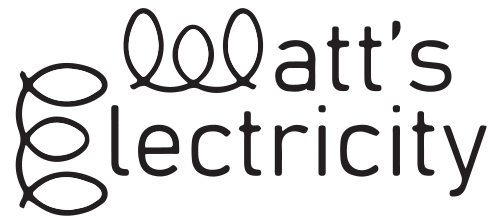



Here we have a very simple circuit, but its important we understand what makes up a circuit before be move on to more complex ones.
Youtube video, suitable whether of not you have the board with you.
See board images.
Tutorial guide for when you have the board with you.
Look at the board, on it is a simple electrical circuit, let’s go through the different bits of it - what we call the components!
Every circuit will have something that provides the electricity, in this case it’s a battery. All batteries have two places where we connect the circuit.
See the metal wire by the top of the battery, we call this a conductor and it can carry electricity. You can think of it as a pipe through which water flows, it’s not exactly the same, but similar in many ways.
The next component in the circuit is a light unit, this is called the load – it's what the circuit is doing! The conductor comes out and goes round to the last thing in the circuit, a push button switch. Then there is a connection from the switch back to the battery. It’s really import that the circuit get back to the other end of the battery. At the moment the switch means that there is a gap in the circuit so nothing is happening, but if you press the button and hold it down, that gap will be closed and electricity will start to flow around the circuit which will turn the light on.
Every circuit will have something that provides the electricity, in this case it’s a battery which uses chemicals to generate the electricity. Later we will see that other gadgets and things that can also produce electricity.
In this circuit it’s a thin piece of copper which is used to connect the components. Most metals will conduct electricity, but copper is used most of the time. All the wires in your home connecting the light and plug sockets will be made of copper. Note that the ends of the battery are labelled positive which is marked with a + sign and negative which is marked with a – sign. Convention says we think of the electricity flowing from the positive and round through the circuit to the negative.
Some follow-up ideas to try...